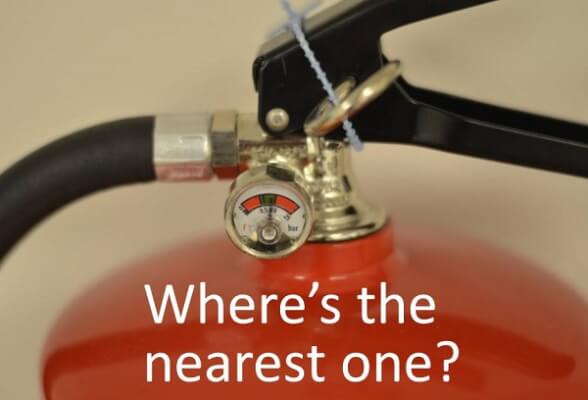New Power Outage Affects Thousands
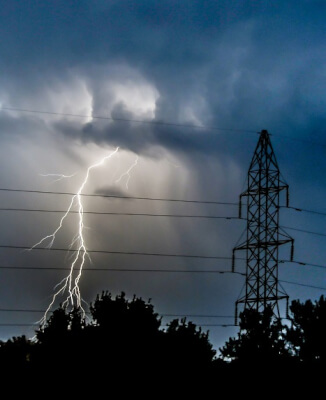 Hundreds of thousands in the dark – again?
Hundreds of thousands in the dark – again?
I just heard the local newscaster say, “ . . . as many as 260,000 will be without power.”
That should give you the clue as to where we are. There are 7 wildfires burning here in California, with all but one at 0% containment. And that one is only 5% contained.
I hope by the time you read this, those numbers will have changed.
Last week we talked about severe winter weather and the dangers the cold it can bring. This week, it’s heat.
Whether from heat or snow, winds or flooding, overburdened electric cables, transformers, and other electrical equipment can fail.
This year will explode the power outage statistics, given the hurricanes in Texas, Florida, Puerto Rico and the US Virgin Islands that left hundreds of thousands without power.
Will you be next?
Up until this year, the average American could have expected at least one power outage a year, and it would have averaged 200 minutes. Unfortunately, given the way things are going, you may need to expect a whole lot more minutes of outage. And maybe even days.
The good news? We assume you have a sensible approach to outages and are preparing for them.
Ready.gov offers these basic suggestions for coping with power outage.
- Have flashlight, batteries, cash and first aid supplies. No candles.
- Have alternative charging methods for your phone or any device that requires power.
- Know how to open your garage door when power is off.
- Keep your car full of gas. Gas pumps require electricity.
This should all sound familiar, but . . .
Let’s take a closer look at a couple of these.
It goes without saying that you should have flashlights in every kit and in every room!
Emergency temporary lighting options
About 6 weeks ago, just after Hurricane Harvey hit, we revisited the topic of emergency lights and lanterns. If you haven’t seen that Advisory, or can’t remember the details, it goes into some detail about different types of flashlights, batteries, what a difference lumens make, the value of adjustable focus, etc.
You may want to take another quick look at that lantern Advisory and see if you need to replenish or add to your emergency supplies. While you’re at it, add Inflatable solar powered lamps to the options.
Shown at left, these are affordable at about $10 each, and are water and snow resistant, small, lightweight, perfect for emergencies or for any evening activity or party. Click on the image to get current pricing.
Alternative charging methods for devices
The technology that allows you to charge or recharge your various devices just keeps changing!
Not long ago we spent time examining the so-called “power banks” that store enough power to recharge your devices several times. They range from what are termed “lipstick size” (1-2 charges) to considerably larger. Here’s that original Advisory that covers batteries and chargers.
As you might expect, the more charging capacity you ask for, the larger the banks are and the more they cost. The one shown here, for example, is about the size of a wallet, has two USB ports for charging devices, and actually will charge your phone as many as 6 times. Click on the image for full details on this power bank.
Charging methods for bigger stuff
If you’ve ever been faced with a car that won’t start, you’ll be interested in this!
I seem to attract cars whose batteries just can’t keep up . . . so we have added one more piece of emergency equipment to what’s stored in the trunk.
12 V Car Jump Starter
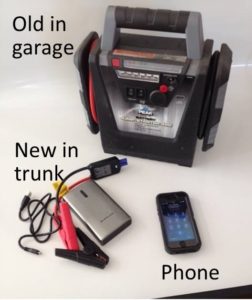 After years of backing a second car up to mine, fighting with jumper cables, etc., I was happy to get a portable battery charger. You can see it in the photo, labeled “old.”
After years of backing a second car up to mine, fighting with jumper cables, etc., I was happy to get a portable battery charger. You can see it in the photo, labeled “old.”
This week, though, I was even more thrilled to get my hands on the portable power pack labeled “new.”
It pops right into the trunk (or into the glove compartment) since it’s not much bigger than Joe’s cell phone (shown) and can provide enough power for 20 jump starts!
The charger also powers phones, tablets, etc, and has a built-in S.O.S. LED light.
Lots of safety features, too, to prevent over-charging, over-heating, etc. And a row of blue lights indicates just how much charge you have left.
Below is a similar model, same size, same price, better picture!, from Amazon. It comes complete with clamps, plugs and cords plus carrying case.
The model shown here has 600 Amps, suitable for jump starting cars or smaller diesel engines, ATVs, boats, etc. If you have bigger engines, look for a more robust device. The more energy you need, the bigger the item and, of course, the more expensive.
Still, for somewhere around $60 you can get a LOT OF SECURITY for yourself or family members! (Small enough to stuff in a stocking, too.) Click on the image for exact pricing.
Energy to keep equipment running
We’ve heard over and over again the challenges Puerto Rico has in keeping hospitals running for weeks using generators designed for short-term usage. Their maintenance people must be very skilled!
For most of us, a generator is purely a back-up device to carry us through a temporary power outage.
Precisely because it’s not used regularly, a generator requires extra attention as to placement and usage. Some quick safety reminders:
- Generators can produce carbon monoxide, so they need to be placed OUTSIDE where there is plenty of air circulation.
- Keep your generator dry.
- Store the right fuel for your generator in a safe, secure place where it doesn’t become a fire hazard.
- A portable generator typically can run one or two pieces of equipment. Plug them directly into the generator. Do NOT plug the generator into the home electrical system!
- Size your generator to meet high start-up electrical requirements as well as requirements for running the equipment. (“Starting watts” vs “running watts”)
I’ve written before about the generators we bought for our neighborhood emergency response group. You may find those stories informational. Here’s a link to one of them.
A generator like the one shown below is a typical, mid-range household emergency generator. This type of generator is rated at between 500 and 15,000 watts. This one (at 7,500 watts, about $1,000) is shown with wheels, but be aware that it is not exactly portable because it weighs over 200 pounds!
This generator has an electric starter and runs on gas or propane. In the yellow triangular space on the front you can see that it has several outlets, both 120 and 240 volts, all protected from power surges. The manufacturer also offers a number of guarantees.
Click the image for full details and to use this model as a start for shopping. (You’ll see that a lot of people buy a cover and extra heavy-duty cords along with the generator itself.)
Whole-house standby generators
Did you notice the sentence hidden above that says a is designed to power “just one or two pieces of equipment.”?
If that’s not enough for you (!), you’ll want to consider a standby generator. This is a different level of equipment, permanently installed and sized to turn on automatically when the power fails. Standby generators generate anywhere from 5,000 to 150,000 watts. To find the right sized generator, you’ll need to examine exactly what you want to power in the way of essential equipment (A/C, heater, sump pump, etc.), appliances (stove, microwave, dishwasher, dryer, etc.) and extras (computers, hot tub, security, etc.).
Prices on standby generators start as low as $2,000, but realistic prices probably start around $5,000.
Get help from a qualified electrician to establish the size you need and to be sure it gets properly installed.
Whew. That’s a fair amount of info about emergency lighting and power. But I can assure you, when an extended outage hits, you’ll be pleased to have some back-up capability.
You can be SURE that after the power outage hits, none of these items will be available in stores — either they’ll be sold out, or the stores too will be closed because they have no power!
Virginia
Your Emergency Plan Guide Team

















 Just waiting for you to make a mistake!
Just waiting for you to make a mistake!
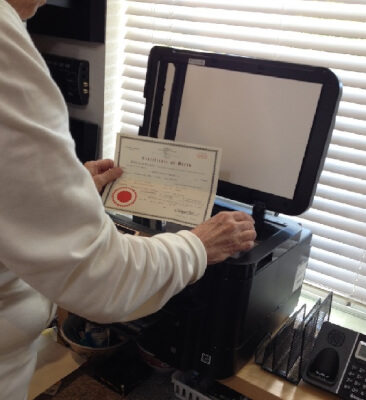

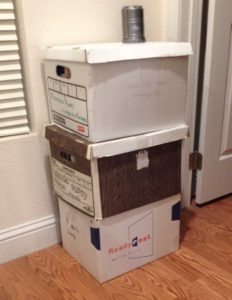
















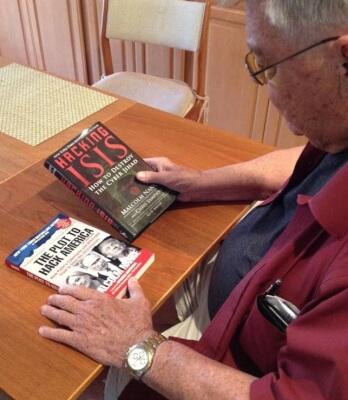

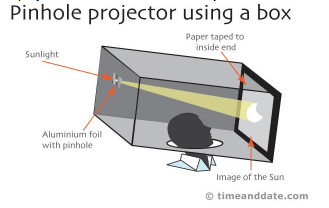 If it were me, I’d avoid glasses altogether and watch the eclipse “indirectly” using a pin-hole projector. Easy enough to make as a family project!
If it were me, I’d avoid glasses altogether and watch the eclipse “indirectly” using a pin-hole projector. Easy enough to make as a family project!